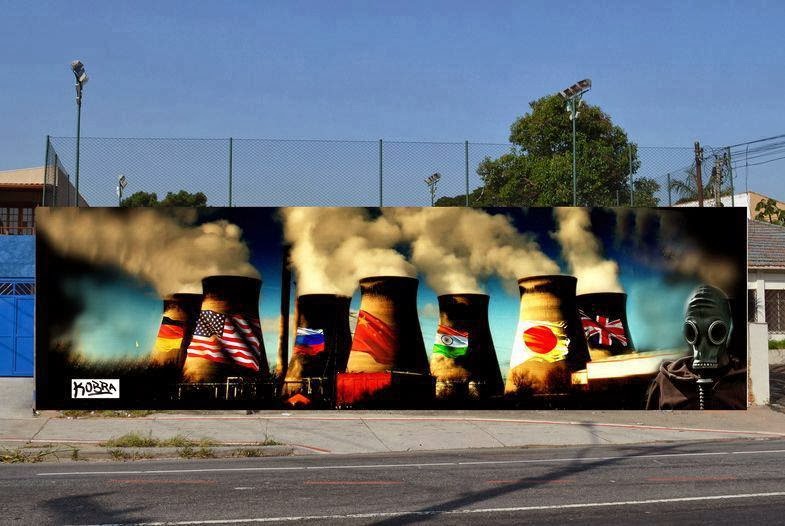Nothing Better than a Collaboration
I am really looking forward to our meetings with the IRC students to develop an ideal logo for our Baybrook projects and also what imprint will be placed on the t-shirt's. During our meeting last tuesday i was surprised to see such a variety of specialities among the IRC students. We will be working with students whom are knowledgeable in film, photography, graphic design, and many other art forms. In addition, these students will have a strong connection to the Benjamin Franklin High School art students located in the Baybrook area, which will allow them and eventually us to acquire some ideas as to what the youth would like to be accomplished. I am a huge fan or murals and especially the ones that have a deeper meaning and rich history behind them. For example, since Baybrook is such a highly polluted place, we can create an image representing some sort of wildlife or green that overpowers this industrial plague and depicts life for the future. I'm just going of on a tangent but I do love art. Even at the fundraiser we could have the Benjamin Franklin art students showcasing their work that could potentially represent present day Baybrook or its rich past.
 |
| http://blog.globalstreetart.com/post/31453108183/this-is-called-pollution-by-brazils-gifted |
A solid and confident set of students and leaders with a mindset for success can revitalize the BayBrook community!!!
Similarly to the "Baltimore 68'" project, the history of the Baybrook area should be incorporated into high school curriculum in Baltimore. Including the pre and post World War II movements with the establishment of shipbuilding then later ship-breaking; also with the socio-economic issues added. I found the "Constructing Public History in Classroom: The 1968 Riots as a Case Study" article by Elizabeth Nix very intriguing and easily comparable to what our efforts are within the Baybrook community. Documentation will be hard to come by with a lack of secondary sources; however, with access to historical archives and oral histories we will be able to accomplish our goals. Even though many scholars believe environmental justice is a controversial topic to be placed within an educational system, the article by Elizabeth Nix made me a believer. The way to find what really happened at certain times is to retrieve stories from those who were there to witness the events. Like in the article the students talked to clergy men, young mothers, business owners, rent collectors, and public interest lawyers in order to develop a clear understanding of the events during the 1968 Baltimore Riots. Our AMST 422 class must use similar techniques in choosing whom to gather information from and how to track those whom only leave behind trace information.
Hi Christopher, I am graceful that i will be working with awesome, amazing American Studies Student. all the info "Baltimore 68" project, historical , documentary which you posted in this blog is the great research not only for me but also for anyone who wants to know more about Brooklyn-Curtis Bay history. In some way, we also use similar techniques from other artist such as Mel Chin http://www.melchin.org to create a different ideas for the Fundraising Event in May 11th. …Any how, again, I am so excited to working with you and all AMST!!!
ReplyDelete